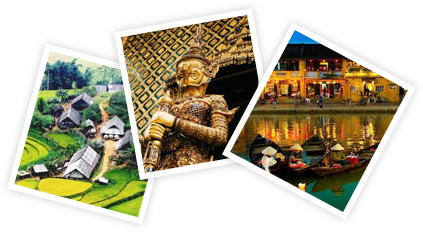Vietnam with life-long culture, historic sites, beautiful scenery, and flavorsome food is becoming an all-around prime travel spot for worldwide travelers. Among the necessary conditions to enter Vietnam, Vietnam visa may be considered the prerequisite. This article is a thorough outlook about Vietnam visa when planning Vietnam tours.
Definition of Vietnam visa
Vietnam visa is the official ticket for any foreign travelers who want to immigrate into Vietnam and stay in the country within a specified period. It is issued by the competent authorities of Vietnam like Vietnam Embassy/Consulate or Vietnam Immigration Department.
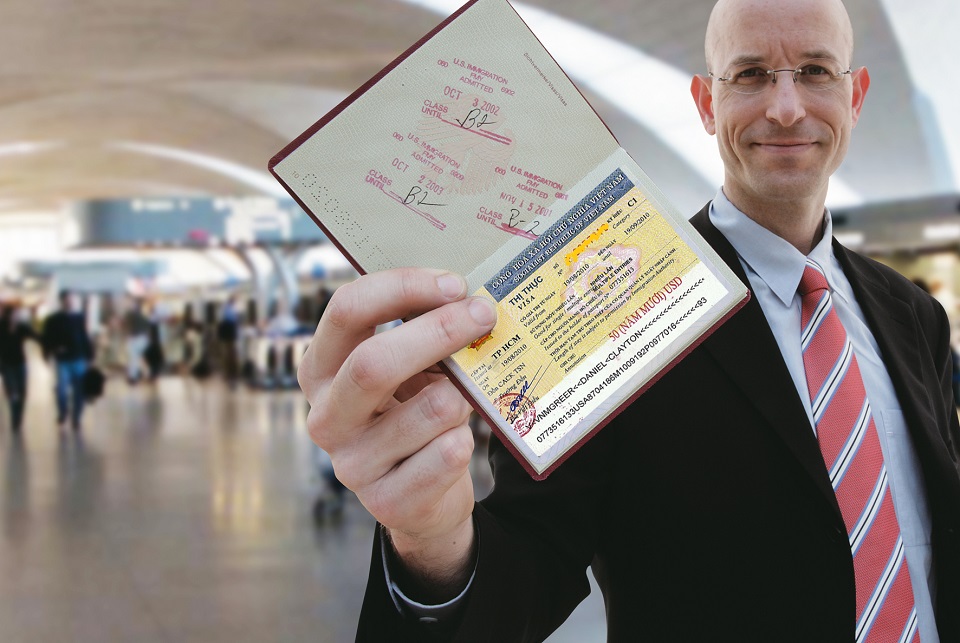
Types and codes of Vietnam visa
According to purpose of Vietnam travel, Vietnam visa is categorized into up to 20 types with equivalent code. Among them, tourist visa (code DL) and business visa (code DN) are the two most prevalent types of visa applied by travelers to Vietnam.
According to the number of entries, Vietnam visa is categorized into two types of single entry visa and multiple entry visa. For single entry visa, you must stay in Vietnam during the visa validity. Once you have gone out of Vietnam’s border, even before the granted expiry date, your visa will automatically become unacceptable. If you want to come back to Vietnam, you will need to apply for a new visa. However, when you have a multiple entry visa, you can leave Vietnam and then re-enter the country during the visa period without applying for a new one.
According to visa validity, Vietnam visa is categorized into 1-month visa, 3-month visa, 6-month visa and 1-year visa.
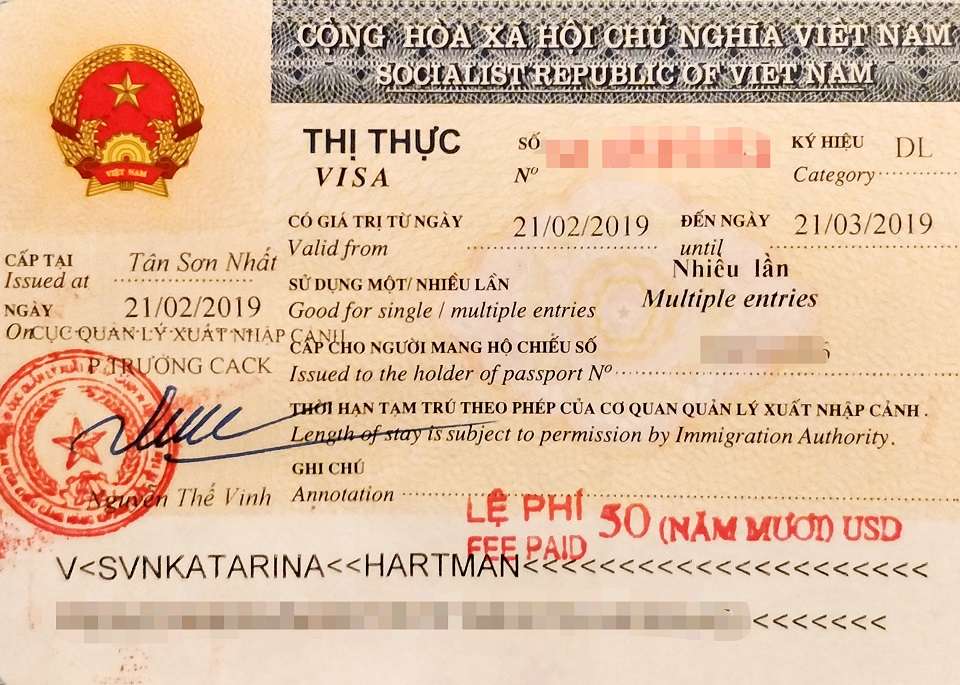
Vietnam visa exemption policy
At present, Vietnam government initiates an open visa exemption policy for foreigners.
For holders of a popular passport
From January 2019, regular passport holders from the following 24 countries do not need a tourist visa for Vietnam
| Countries | Passport Required | Maximum stay |
| Chile | Yes | less than 90 days |
| Cambodia, Indonesia, Kyrgyzstan, Laos, Malaysia, Singapore, Thailand | Yes | less than 30 days |
| Philippines | Yes | less than 21 days |
| Belarus, Denmark, Finland, France, Germany, Italy, Japan, Norway, South Korea, Spain, Sweden, United Kingdom | Yes | less than 15 days |
| Brunei, Myanmar | Yes | less than 14 days |
For holders of a non-popular passport
The range of countries who adopt Vietnam visa exemption policy seems longer when their citizens have diplomatic or service passports. Significantly among them are Vietnamese counterpart countries in ASEAN like Myanmar, Philippines, Singapore, some big countries in Europe like France, Germany, Italy and great friends in Asia like Japan, South Korea, China, India. Visa waiver agreements for diplomatic and service passports were signed with Ethiopia in August 2018, Greece in July 2018, Namibia on 19 Nov 2013 and Cameroon in December 2017 but have not come into force.
For those traveling to Phu Quoc Island
All travelers who directly visit Phu Quoc Island from a third country will be exempted from Vietnam visa requirements for up to 30 days. Travelers who are not exempted from visa requirements can visit Phu Quoc without a visa for up to 30 days.
Vietnam visa application – How to get Vietnam visa
Applying for Vietnam visa is getting easier and easier. Up to now, there are 3 convenient ways to get a valid and legitimate Vietnam visa. They can be named as applying for visa before arrival (at Vietnam Embassy/consulate), applying for visa on arrival, and applying for e-visa. Now, let’s find out about each individual way.
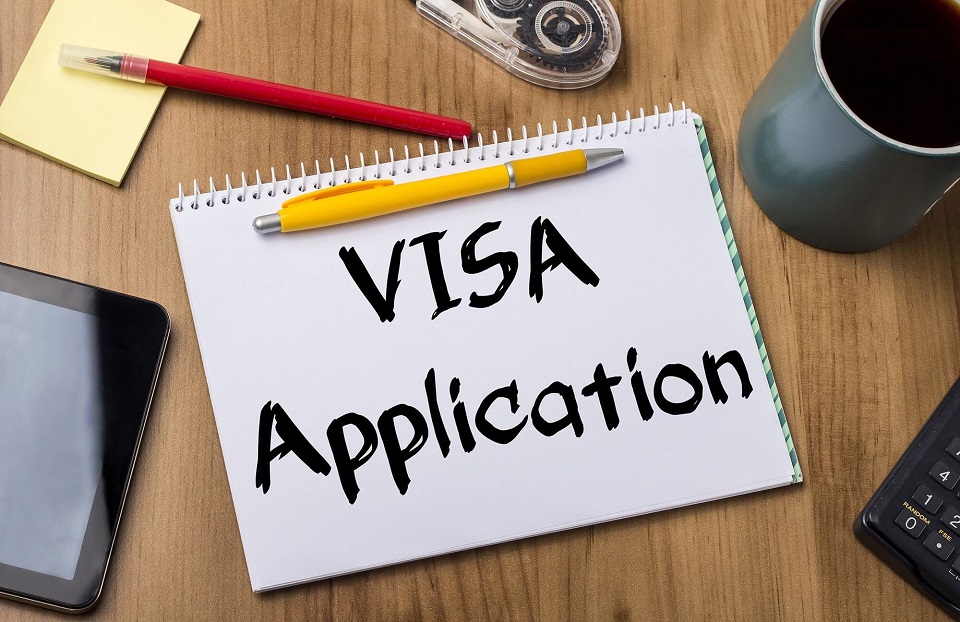
Apply for visa at Vietnam embassy visa
This is the conventional way to achieve a visa for Vietnam. Visa will be issued by Vietnam embassy or consulate. To get this kind of visa, applicants will have to:
- Log onto the website of the embassy/consulate with which they need to apply for the visa;
- Complete the form, stick your photo there and sign it;
- Travel to the embassy/consulate of Vietnam to submit the form together with original passport and other documents (as required) and pay the visa fee;
- Come back home and wait;
- Travel to the embassy/consulate again to receive the passport together with visa stamp.
The entire process may take 3 to 5 working days. And it is available for both tourists and business travelers to Vietnam. Cost of this kind differs by visa type and embassy as well.
Vietnam visa on arrival (VOA – also known as Vietnam visa at airport)
This type of visa is issued when travelers arrive at the airport. This option is the most frequently used way to get the visa today because it helps to save time, money and energy. Its application covers 3 simple steps as follows:
- Applicants need to access to website of a Vietnam visa center, and register in advance by completing an online form, and making payment of service fee to such center;
- After a certain period of time, normally 2 working days, they will receive a visa approval letter via email;
- Then they will use the letter to pick up the stamped visa at the landing airport. They also have to pay the stamping fee at this time.
This kind of visa is accessible for both tourists and business travelers to Vietnam with a validity of up to 1 year. But it is for those traveling to Vietnam by AIR only. The Vietnam visa cost may vary by visa type, normal or urgent processing, number of applicants in a group. In addition, Vietnam visa fee also depends on different operators which supplies the service for Vietnam visa on arrival.
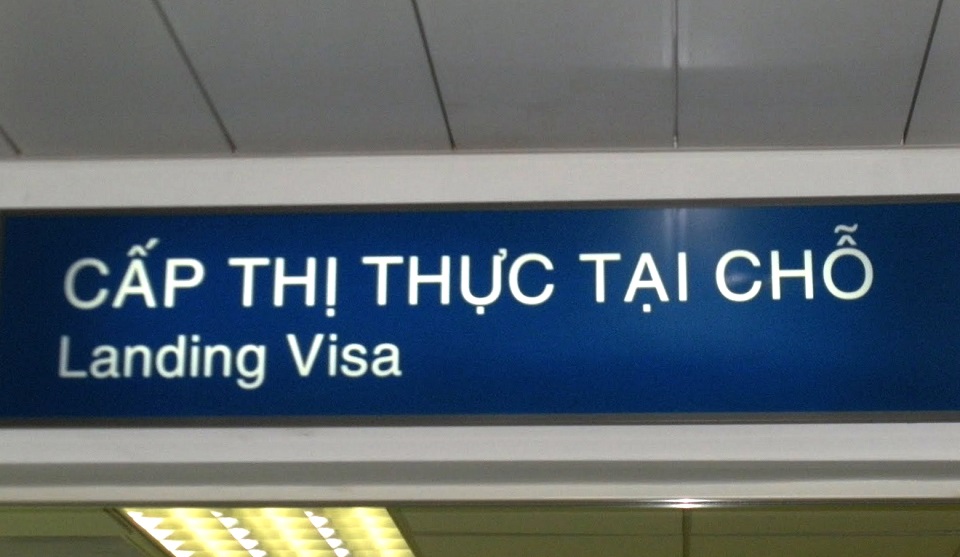
Vietnam electronic visa (or Vietnam E-visa)
This is the newest way of getting a visa to Vietnam. It has been introduced since February 1, 2017 in a 2-year pilot duration. This kind of visa takes 3 working days for processing, costs US$25 and is granted for single entry visits for maximum of 30 days to nationals of the 80 eligible countries (the data has been updated since February 2022)
To apply for e-visas, those citizens need to access to the Vietnam visa online official website , complete the form with required information and documents. After that, they will receive an application code and will be asked to pay a non-refundable fee online. After around 3 working days for tourists to find out if their applications have been approved or not. If yes, they will receive a loose-leaf e-visa with a QR code. This visa should be then printed and showed to the immigration officer at arrival gate in Vietnam as a part of the immigration process.
Vietnam visa requirements for US citizens
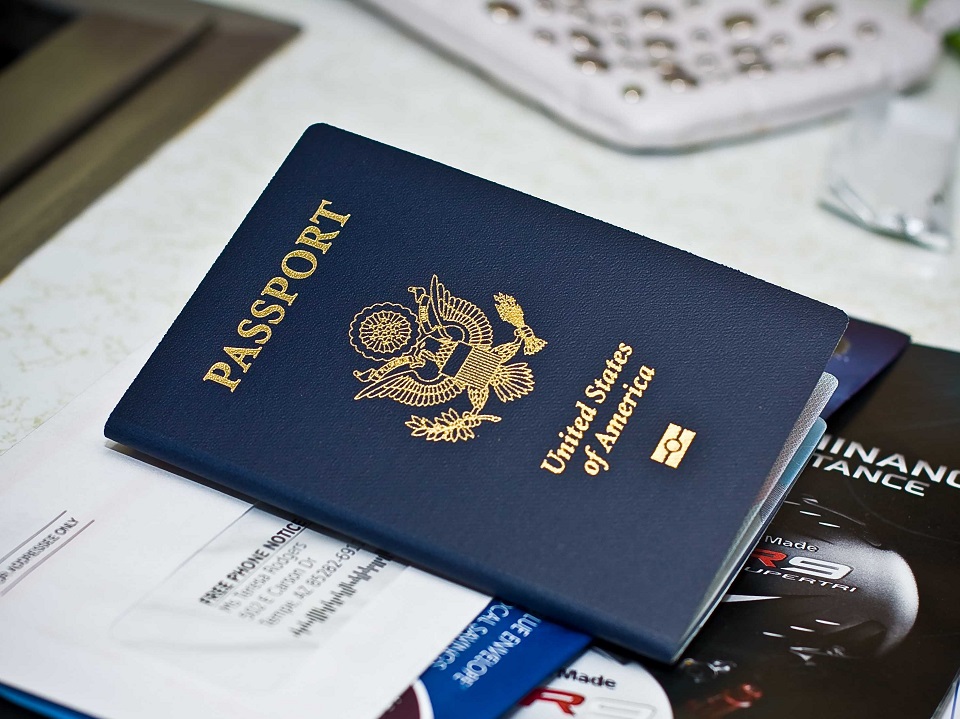
The visa regulation for US citizens has a considerable change since August 30th 2016. Before this time, the U.S citizens had several choices of visa to Vietnam. They were 1 or 3 months visa, single or multiple entries, depending on personal traveling plan. Also, the visa types were for either tourism purpose or business purpose. For business visa type, it can be up to one year and for multiple entries only. It’s very important to know that for the new regulations, 1 month or 3 month visas are no longer available. The only choice for US citizens now is 1 year visa to Vietnam for both purposes of tourism and business.
However, there is a huge difference between 1 year tourist visa and 1 year business visa. For 1 year tourist visa, you have to exit the country after 3 months of staying. But for 1 year business multiple entries visa, you can stay up to 1 year in Vietnam. Therefore, this type of visa is absolutely recommended in case you don’t want to run for the visa for every 3 months.
The article has basically given almost necessary information about Vietnam visa. If you need any more question, please contact Vietnam tour companies or our Indochina Voyages team for the best assistance here
>>https://www.indochinavoyages.com/contact-us
Giang Tran – Travel Lover







